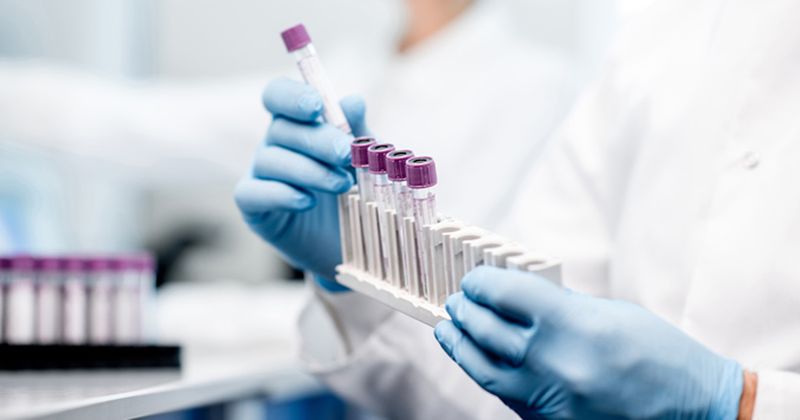Study supports testing HIV PrEP users for STIs at 6 months instead of 3
Key takeaways:
- Six-month STI testing for HIV PrEP users is comparable to testing them every 3 months.
- Reducing visits from every 3 months to every 6 months may decrease the cost of PrEP treatment.
Testing HIV PrEP users for STIs every 6 months did not increase the risk for STIs compared with testing them every 3 months and could reduce the cost of PrEP programs, according to a study.
“Over the years, there have been debates about what the optimal screening frequency is [for STIs],” Marije L.G. Bruinderink, MSc, a doctoral student working in the Public Health Service Amsterdam’s department of infectious diseases, said during a press briefing ahead of the AIDS 2024 meeting in Munich.

“While frequent screening allows for early detection of STIs, it can also be burdensome and costly, and potentially lead to PrEP discontinuation,” she said.
STIs are more common among men who have sex with men (MSM) compared with women and men who have sex with women only,, according to the CDC, and some studies have suggested that higher STI rates may be a consequence of increased use of PrEP among MSM. In recent years, the United States has seen surging rates of STIs, including syphilis.
In the Netherlands, Bruinderink said PrEP users have received free monthly monitoring visits as a standard of care — which has included screening for bacterial STIs — since oral PrEP became available there in 2017.
To determine whether decreasing PrEP monitoring visits could reduce the burden of use on patients and also reduce the number of times a person is tested for STIs, the researchers conducted a randomized controlled trial from September 2021 to March 2024 on the noninferiority of 6-month versus 3-month in-clinic visits among MSM in the Netherlands.
Four hundred twenty-eight MSM were included in the study, with 213 in the 6-month visit group and 215 in the 3-month group. PrEP monitoring included STI screening at each regular visit, as well as additional free-of-charge STI testing between visits if needed, according to the study.
The researchers determined overall visit rates — number of PrEP visits and additional STI visits per person-year — as well as the number of additional STI visit rates per person-year between 6- and 3-month monitoring groups; the proportion of all visits with positive tests for chlamydia, gonorrhea or infectious syphilis between the groups; and the proportion of all additional STI visits without STI-related symptoms or partner notification between the groups.
Overall, the visit rate in the 6-month group was lower than in the 3-month group (visit rate ratio = 0.7, 95% CI:0.64-0.77).
Although the additional STI visit rate in the 6-month group was nearly double that of the 3-month group (visit rate ratio =1.94, 95% CI, 1.58-2.4), there was no statistical difference in STI positivity between the two groups — 22.3% in the 6-month group and 20.5% in the 3-month group (P = .35).
Additionally, there was no statistical difference between the groups in the proportion of additional STI visits without STI-related symptoms or a partner notification — 52.1% in the 6-month group and 42.8% in the 3-month group (P = .071).
According to Bruinderink, the Netherlands updated its PrEP guidelines this year to recommend a 6-month monitoring schedule based on the potential for lowering the burden of care on patients, as well as the cost for delivering care.
“We found a slightly higher positivity in the 6-month monitoring group, but we think we can argue that 6-month PrEP monitoring would reduce health care costs and be less burdensome for the PrEP user without major increases in overall STI positivity,” she said.
References:
- Bruinderink MLG, et al. Abstract 3295. Presented at: AIDS 2024; July 22-26, 2024; Munich.

